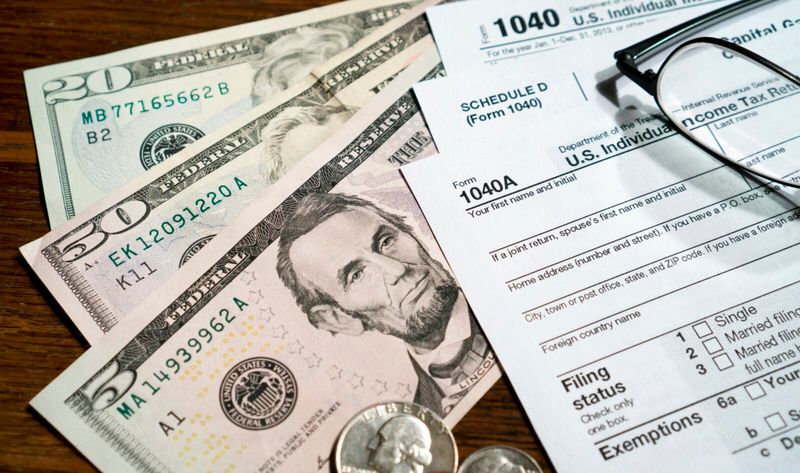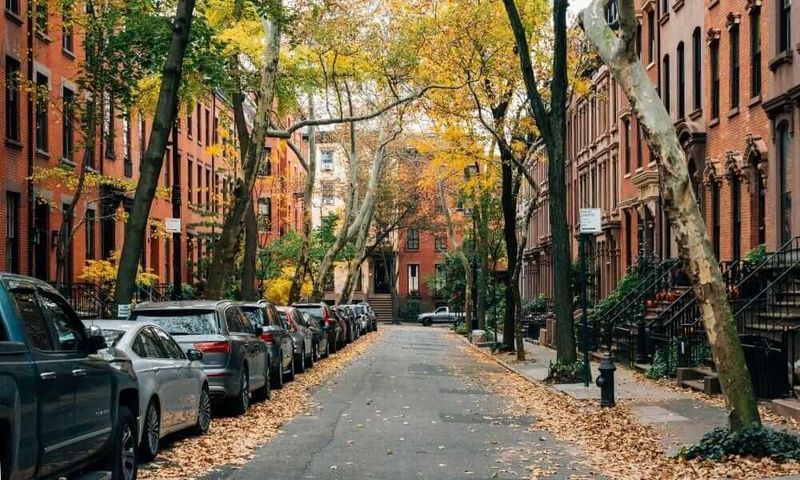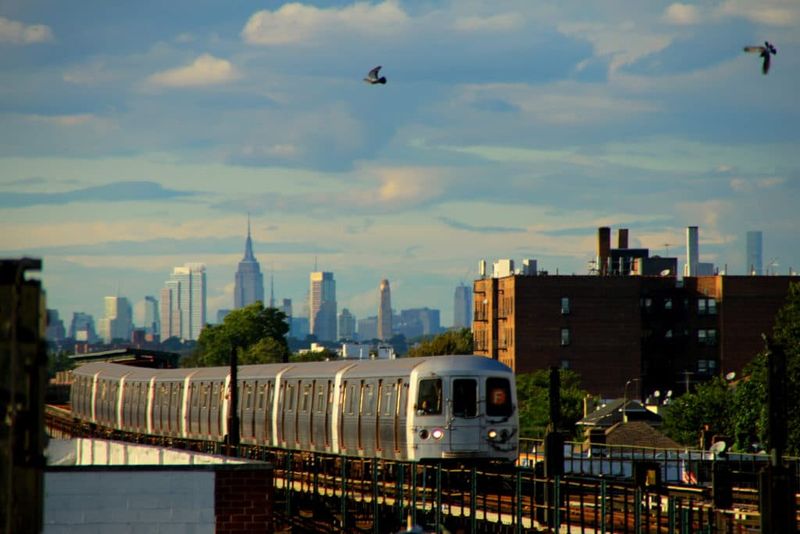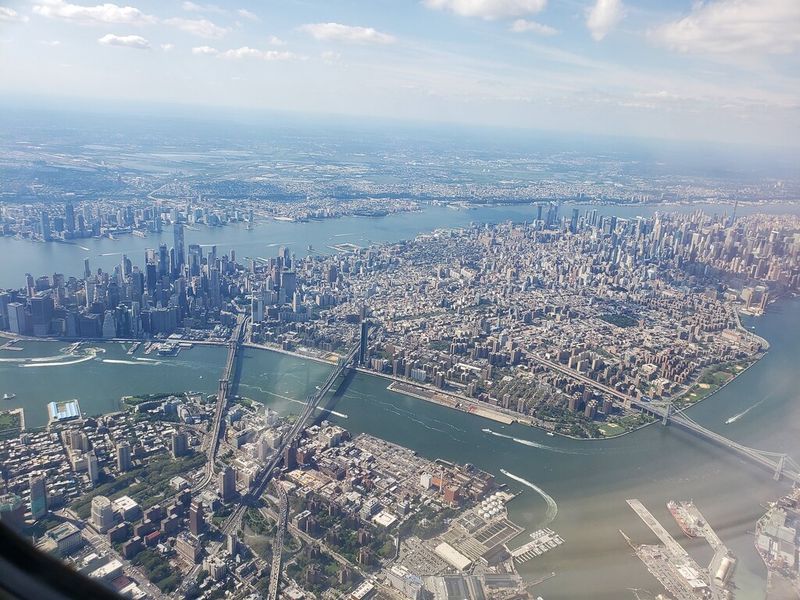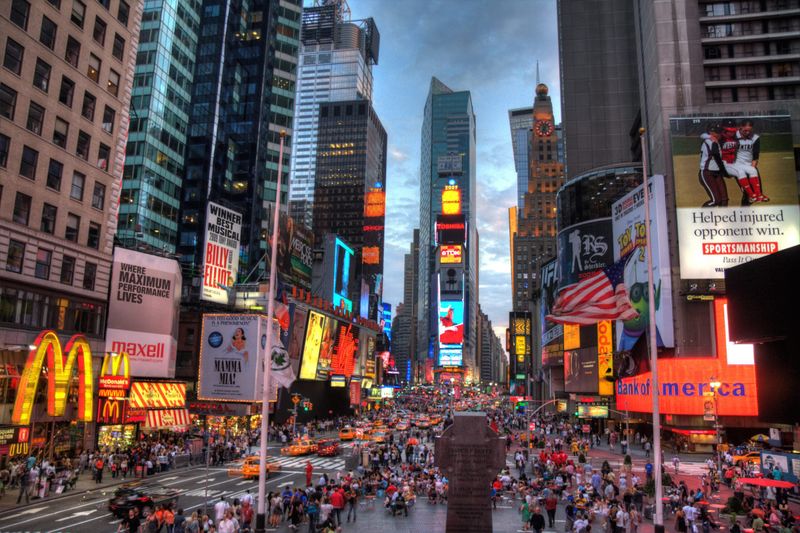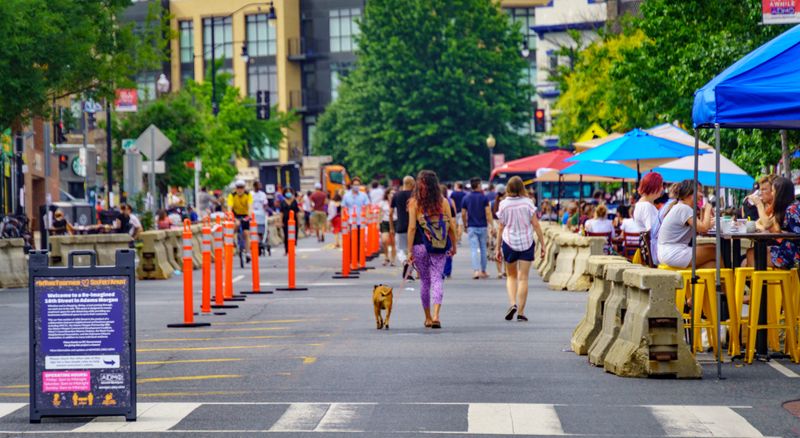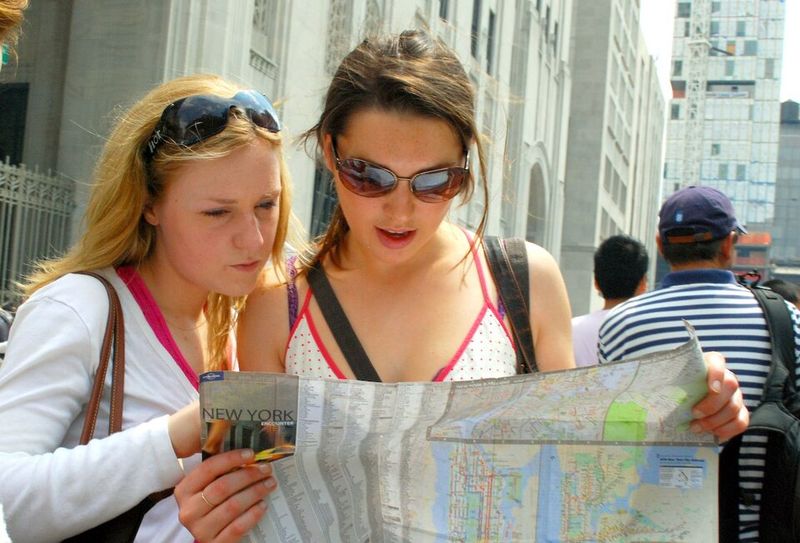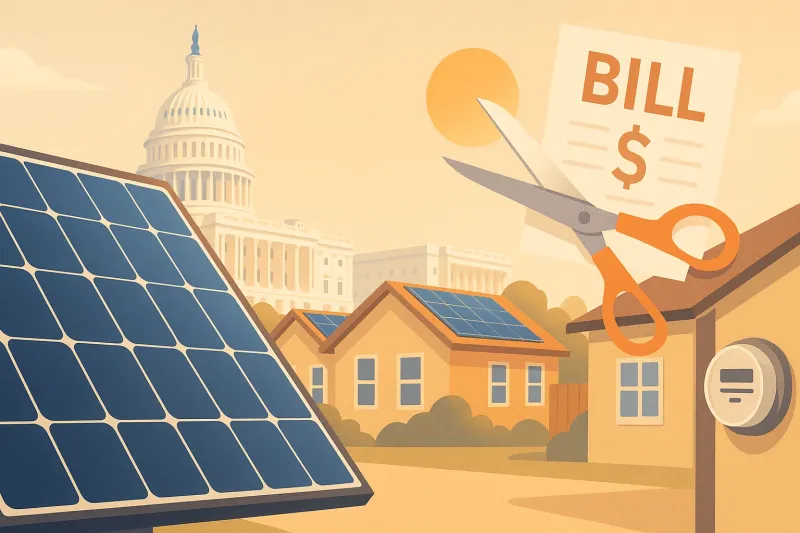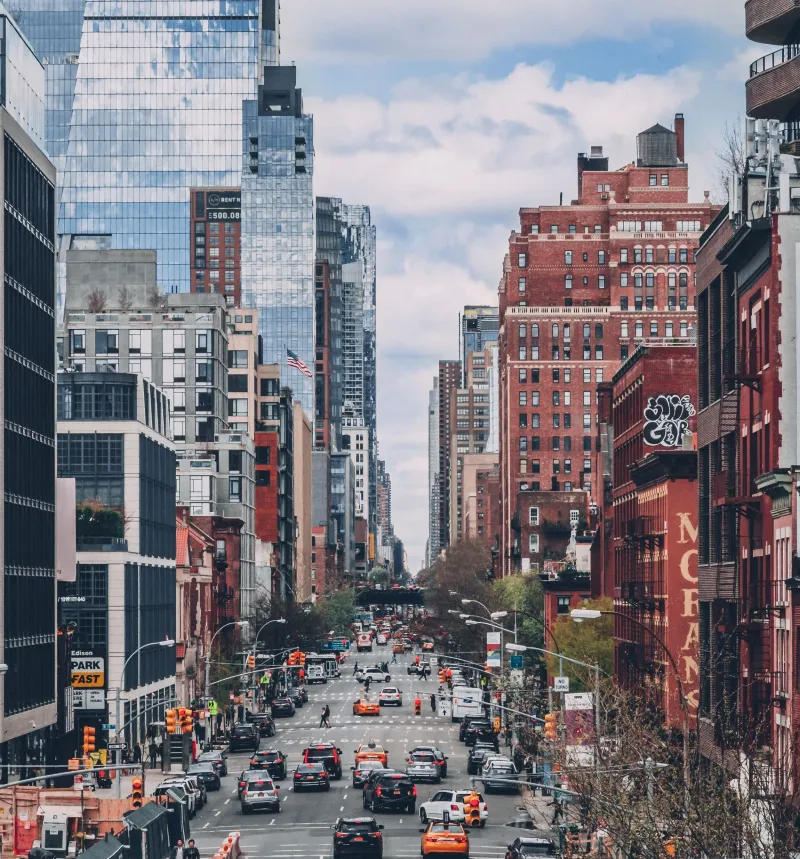New York City, a bustling metropolis known for its iconic skyline and vibrant culture, also bears the reputation of being one of the most expensive cities in the world. This high cost of living is driven by various factors, each contributing to the city’s unique economic landscape. Let’s delve into 20 reasons why living in the Big Apple comes with a hefty price tag.
High Housing Demand and Limited Supply
With its allure as a global hub, New York City attracts residents, commuters, and tourists alike, leading to a constant demand for housing. However, the city’s spatial limitations and regulatory constraints mean there’s not enough housing to go around. This scarcity results in steep rental and property prices, as everyone competes for a limited number of units.
The mismatch between supply and demand drives prices sky-high, making it difficult for many to afford living in the city. Even with new developments, the pace of construction can’t keep up with the growing population, perpetuating the cycle of high costs.
Skyrocketing Real Estate and Rents
The real estate scene in New York is not for the faint-hearted. Housing prices and rental rates significantly exceed national averages, with some studies showing costs at about 385% above the U.S. norm.
These staggering numbers contribute to an inflated cost of living, affecting everything from groceries to leisure activities. For many, the dream of owning property in New York remains just that—a dream.
Rising prices are not only a barrier for new buyers but also place a financial strain on current residents trying to hold onto their homes.
High Salaries and Affluent Economy
As a global economic powerhouse, New York City offers higher salaries, drawing talent from around the world. This high-income environment, while beneficial for some, also elevates the cost of goods and services.
Businesses face pressure to pay competitive wages, which they often pass onto consumers through higher prices. From dining to shopping, the affluent economy means everyday expenses are anything but ordinary.
The cycle continues as high costs necessitate high wages, creating an ecosystem where only the well-heeled can comfortably thrive.
Global City Status and Attractiveness
The magnetic pull of New York City is undeniable. As a cultural, economic, and social beacon, it attracts people from all corners of the globe. This influx intensifies competition for space, amenities, and opportunities.
The city’s desirability fuels demand at every level—from housing to leisure activities—resulting in price escalations.
While this cosmopolitan allure enhances the city’s vibrancy, it also contributes to its costly nature, as everyone vies for a piece of the New York experience.
Massive Tourism and Visitor Economy
Each year, millions of tourists flock to New York City, eager to explore its landmarks and experience its culture. This massive influx creates a booming visitor economy, but it also raises baseline costs for locals.
Hotels, restaurants, and transport services see heightened demand, which drives up prices for everyone.
While tourism injects vitality and revenue into the city’s economy, it also inflates everyday expenses, making it a double-edged sword for permanent residents.
High Cost of Construction and Maintenance
Building anything in New York City isn’t just about creativity; it’s an expensive endeavor. High labor costs, expensive materials, and stringent regulations make construction and maintenance a costly affair.
These expenses ripple through the housing and commercial sectors, affecting everything from rents to retail prices.
Even the simplest refurbishments come with hefty price tags, contributing to the overall high cost of living that residents must navigate daily.
Regulation, Zoning, and Historical Constraints
New York City’s rich history and zoning laws create unique challenges for growth. Restrictions in historic districts and complex zoning laws limit new developments, curbing affordable housing options.
While preserving the city’s character, these constraints prevent the expansion needed to lower costs. Developers face hurdles that often increase project expenses, which in turn, are passed on to residents.
Thus, while regulations protect cultural heritage, they also play a part in keeping living costs high.
Taxes and Public Service Fees
Taxes in New York, both at the state and city levels, are among the highest in the nation. Income, property, and sales taxes fund extensive public services, enhancing the city’s infrastructure and social programs.
However, these taxes increase the financial burden on residents, adding to the cost of living.
While many appreciate the services provided, the hefty tax bills remain a significant factor in the city’s overall expenses.
High Living Costs for Goods, Services, and Utilities
Beyond housing, New Yorkers face elevated costs in everyday essentials. Utilities, food, transportation, and services all come with a premium price tag, reflecting the city’s density and operational costs.
Whether it’s a quick grocery run or a utility bill, residents find themselves paying more than their counterparts in other cities.
This environment, driven by high wages and operating costs, creates a cycle where the cost of living remains relentlessly high.
Transport Infrastructure and Commuting Costs
New York City’s public transit system is extensive, yet navigating it comes with its own expenses. Despite providing vital connectivity, operational costs and congestion contribute to the city’s high cost environment.
Car ownership, while an alternative, is notoriously expensive due to parking and insurance fees.
For many, commuting costs are a significant part of their monthly budget, highlighting yet another aspect of the costly urban experience.
Land and Space Scarcity
In New York City, every square foot is a precious commodity. With limited open land in central areas and a high density of residents and businesses, space becomes highly valuable.
This scarcity drives up prices for both residential and commercial properties, impacting everyone from homeowners to entrepreneurs.
As demand continues to outstrip supply, the price of land remains a key driver of the city’s expensive reputation.
Gentrification and Displacement Dynamics
Gentrification has transformed many New York neighborhoods, bringing higher costs but also displacement concerns. As formerly affordable areas become trendy, prices rise, pushing out long-term residents.
These shifts raise the baseline cost of housing and services city-wide, altering the fabric of communities.
While gentrification revitalizes areas, it also underscores the complex dynamics of urban growth and economic disparity.
High Cost of Living Culture and Lifestyle Expectations
In a city where high earners and luxury services abound, the ordinary becomes extraordinary. Dining, entertainment, and amenities often come with higher price tags, reflecting a lifestyle of elevated expectations.
For many, this cultural vibrancy is part of the appeal, yet it also contributes to the overall cost burden.
Living in New York means embracing this high-cost culture, where the everyday is marked by premium experiences.
Corporate Presence and Commercial Rents
New York City’s corporate landscape is marked by premium rents that big companies willingly pay. This corporate presence drives up neighborhood costs, indirectly raising living expenses for residents.
As businesses pay top dollar for prime locations, nearby services and retail prices often follow suit.
The influence of commercial rents on the city’s cost dynamics highlights the interconnectedness of corporate and residential economies.
Tourism, Event, and Hospitality Demand Inflating Prices
Major events and tourism spikes in New York City lead to increased demand for hospitality services. Hotels, short-term rentals, and restaurants often adjust pricing to capitalize on peak visitor periods.
This demand-driven inflation affects locals, raising costs during busy seasons.
While tourism and events boost the economy, they also introduce fluctuations that keep prices elevated throughout the year.
Utility Costs and Infrastructure Burdens
Residents in New York City face utility costs that are higher than the national average. Energy, water, and other services come with elevated prices due to the city’s infrastructure demands.
Proposals for rate hikes and rising disconnections highlight the financial pressures many face.
As infrastructure burdens grow, utility costs remain a persistent feature of the city’s expensive living conditions.
Limited Parking and High Transport/Auto Costs
Owning a car in New York City isn’t just a convenience; it’s a costly endeavor. Limited parking, high insurance rates, and maintenance expenses add to the financial burden.
For many, the choice to own a vehicle is weighed against these costs, with public transport often being the more economical option.
The high costs associated with car ownership contribute to the broader theme of financial challenges in the city.
High Property Taxes in Many Boroughs and Suburbs
Property taxes in New York and its suburbs are significant, influencing overall living costs for homeowners and renters alike. These taxes fund essential services but also add to the financial load.
Landlords often pass these costs to renters, further tightening budgets.
For many, navigating these taxes is a critical part of managing the high costs associated with living near or within the city.
High Demand from Global Real-Estate Investors
New York City’s real estate is a magnet for global and institutional investors seeking secure assets. This demand reduces residential availability, keeping prices elevated.
For everyday residents, this means facing a competitive market where finding affordable housing is a challenge.
The influence of foreign investment underscores the city’s role as a prized location on the global stage, but it also complicates local affordability.
High Cost of Goods/Services Due to High Wage Environment
In a city where wages are high, businesses must cover labor and rent costs, leading to elevated prices for goods and services. This self-reinforcing cycle keeps the cost of living elevated.
Shoppers find even basic essentials come with a premium, reflecting the city’s economic ecosystem.
The relationship between wages and prices highlights the complex interplay that defines New York’s financial landscape.








